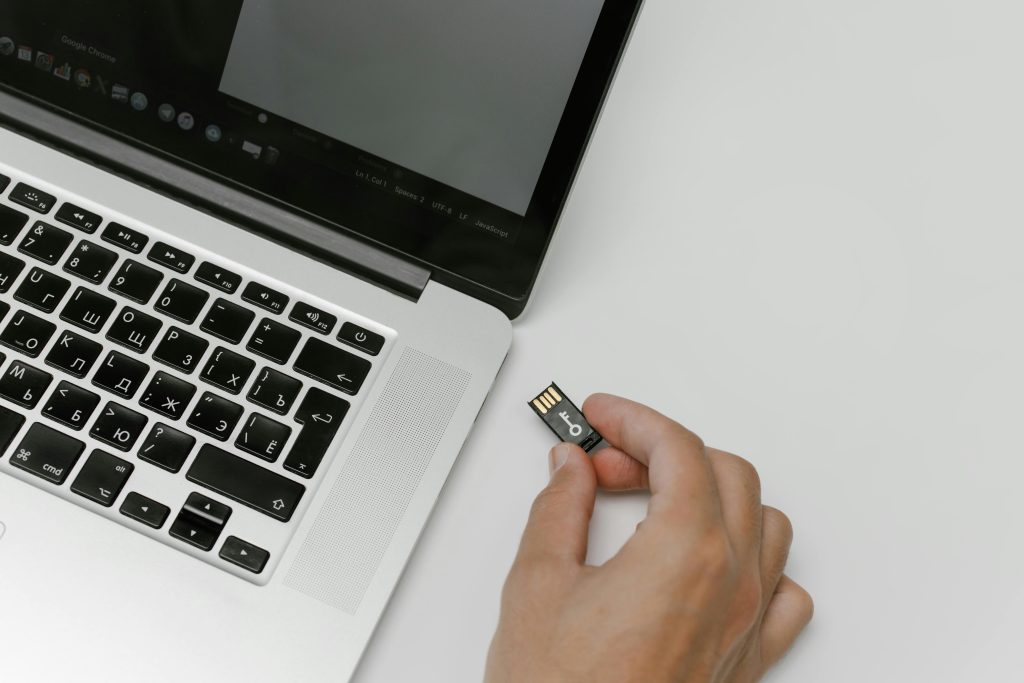Understanding and Managing Data Corruption on Large Storage Drives: A Case Study
Introduction
Hard drives are essential storage devices that underpin the daily operations of both personal and professional environments. However, they are susceptible to issues such as data corruption and partition recognition problems, especially when dealing with large capacities like 10TB drives. This article explores a real-world scenario involving data recovery from a large external hard drive, highlighting practical troubleshooting steps and best practices for minimizing data loss.
Scenario Overview
A user reconnected a 10TB Western Digital (Model: WD102KRYZ-01A5AB0) external drive after several months. Initially, the drive was recognized correctly, but upon reconnection, Windows 10 failed to detect it properly. To troubleshoot, data recovery tools such as TestDisk, CHKDSK, and DMDE (DM Disk Editor) were employed.
Challenges Encountered
-
Partition Recognition Issues:
Windows failed to automatically detect the partition, prompting the use of TestDisk to locate the partition manually. The assumption was that the drive contained a straightforward NTFS partition, typical for such disks. -
Possible Partition Table Corruption:
During the process, it appeared that the partition table might have been overwritten or partially written before a full scan could complete. This situation can lead to inconsistent partition information and potential data access issues. -
File Accessibility Problems:
Post-recovery attempts indicated that files saved beyond a certain date—such as videos, photos, and ZIP archives—are marked as corrupt by the OS, despite retaining their original sizes. This suggests that some data integrity issues may have arisen.
Troubleshooting and Recovery Efforts
-
Running CHKDSK:
A command-line check (chkdsk /r) was performed to identify and repair filesystem errors. No errors were reported, indicating the filesystem was relatively intact. -
Using DMDE for Data Recovery:
DMDE was employed to scan the drive comprehensively. Data could be viewed in two ways: -
Virtual Filesystem View ($Root):
Files viewed here sometimes failed to open or recover, likely due to filesystem inconsistencies. -
RAW View:
Viewing the raw data allows recovery of file fragments based on their signatures. Files recovered from this view often succeeded where filesystem-based recovery failed, although some still remained inaccessible.
Analysis and Recommendations
- Impact of Partition Table Modifications:
Share this content:



